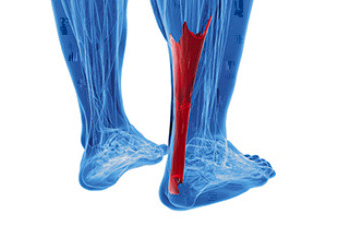
Soccer players put their feet under constant stress, which can lead to several common problems. Scrapes may occur from contact with the ground or another player. Athlete’s foot is a fungal infection that thrives in damp shoes, causing itching and redness. Blisters form from friction between the skin and cleats, while calluses develop as thickened skin from repeated pressure. Ingrown toenails can result from improper nail trimming or tight footwear, causing pain and swelling. Prevention includes wearing well-fitted cleats, keeping feet clean and dry, and trimming nails correctly. A podiatrist can diagnose and treat these issues, while offering personalized advice for prevention. If you enjoy playing soccer, and have developed foot or ankle pain, it is suggested that you schedule an appointment with a podiatrist who can treat various issues of this nature.
Sports related foot and ankle injuries require proper treatment before players can go back to their regular routines. For more information, contact Jeffrey Parrett, DPM of Parrett Podiatry. Our doctor can provide the care you need to keep you pain-free and on your feet.
Sports Related Foot and Ankle Injuries
Foot and ankle injuries are a common occurrence when it comes to athletes of any sport. While many athletes dismiss the initial aches and pains, the truth is that ignoring potential foot and ankle injuries can lead to serious problems. As athletes continue to place pressure and strain the area further, a mild injury can turn into something as serious as a rupture and may lead to a permanent disability. There are many factors that contribute to sports related foot and ankle injuries, which include failure to warm up properly, not providing support or wearing bad footwear. Common injuries and conditions athletes face, including:
- Plantar Fasciitis
- Achilles Tendinitis
- Achilles Tendon Rupture
- Ankle Sprains
Sports related injuries are commonly treated using the RICE method. This includes rest, applying ice to the injured area, compression and elevating the ankle. More serious sprains and injuries may require surgery, which could include arthroscopic and reconstructive surgery. Rehabilitation and therapy may also be required in order to get any recovering athlete to become fully functional again. Any unusual aches and pains an athlete sustains must be evaluated by a licensed, reputable medical professional.
If you have any questions please contact our office located in Waxahachie, TX . We offer the newest diagnostic and treatment technologies for all your foot and ankle needs.









